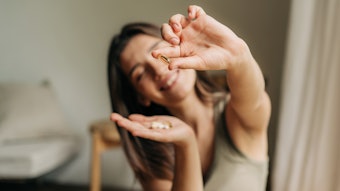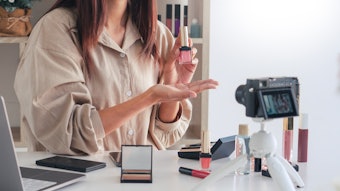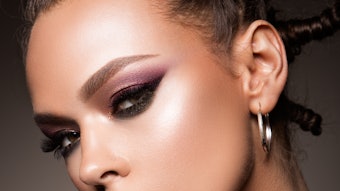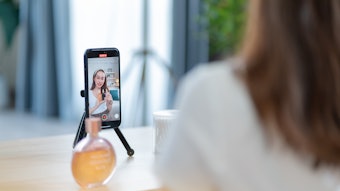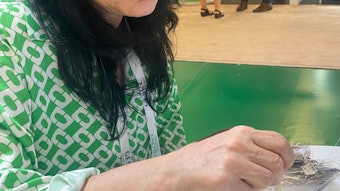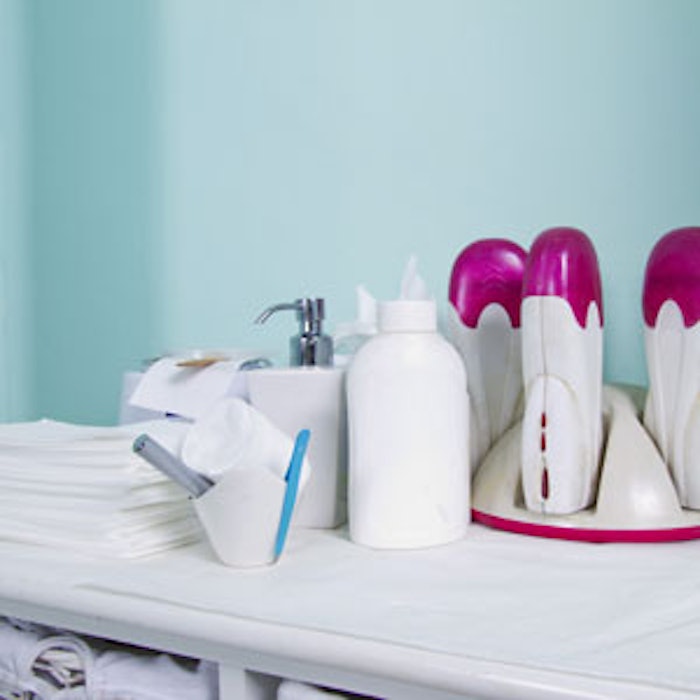
“Cleanliness is next to godliness,” or so the saying goes. However, each spring we clean our homes and invite in new energy and fortune into our lives; we cleanse our bodies with whole foods and detoxification treatments; we exercise our bodies and our minds with vigorous activity and the quiet solitude of meditation. In all of these ways we promote cleanliness in our lives, bodies and spirits. But what about the position we place our bodies in when we frequent businesses like spas or nail salons? What should consumers be looking for to protect themselves and keep their health intact? Spa Velia, a San Diego day spa provides a closer look at the question of cleanliness and sanitation.
“The best way to be aware of a facility’s cleanliness is by careful observation, with a discerning eye,” says Dana Stallings, principal of Spa Velia. Based on Spa Velia's practices, following are a few ways you can observe a facility.
Look for dust. When shopping through the retail area, notice shelves and product lids and packaging. If products are dusty, they may have been sitting there for too long and may not be as fresh, which means you may not be interested in spending your money on them. Corners and floorboards should be clean and clear of dust and cobwebs. Restrooms, showers, lounges, lockers and other common areas should be completely clean. One thing you can consider about dust is if you can see it and it is not being taken care of, what else is falling through the cracks (so to speak)? Floors should be steam-cleaned monthly or bi-monthly and a record should be kept.
Linens. All linens should be clean and free of any kind of dirt and stains and should absolutely be without any frays or tears. Linens should be stored in cabinets, closed containers or put away. They should not be stored in open spaces to collect dust.
Sanitation. In esthetic rooms, there should be some sign of a sanitation container. All instruments that touch the skin, such as brushes, extractor tools and tweezers, must be washed with soap and warm water, and sanitized using a hospital-grade disinfectant after they are used on each client. In addition, each product and piece of equipment should be sanitized with an isopropyl alcohol after each and every client. Bottles that look like they have been used without being cleaned off are breeding grounds for bacteria. Take a close look when entering the room.
In lounges, brushes and combs should be in a sanitization container with appropriate disinfectant and should always be rinsed before and after use. If you have questions about sanitation, just ask. Every facility should feel confident in their sanitation procedures and you are inquiring to keep yourself safe. Find out what kind of disinfectant they are using. The most popular ones are barbicide and cavicide. The facility should also be able to tell you how often these sanitation containers are cleaned and the sanitary liquid is replaced.
Wax. Wax pots should be visually clean. There should be no wax drippings anywhere on the warmer, and there should be a clean wax collar around the wax can. In addition, a new wax stick should be used each time it is applied to clients' skin. This is the double-dipping concept, and it is a no –no in the sanitation department.
Technicians. All technicians should wash their hands before touching clients: estheticians, massage therapists, nail technicians, hair stylists, everyone. So many germs can be picked up by just touching door handles or telephones. If a technician sneezes or coughs, the hands should be washed before continuing the service. Washing hands is key to being sanitary. Also, uniforms should be clean and each person should be well groomed and put together. If there are any visible cuts on hands, gloves should be worn to protect both parties. The technician’s license should be displayed in the room. All working professionals should have current licenses that are up to date.
Wet treatment rooms. These are rooms in which body treatments, wraps and body scrubs are performed. And, because of the water element, they will show signs of lackluster cleaning. Shower heads, counter tops, floors and drains should all be visibly sparkly and smell nice. Plastic and linens used in wet treatments should be disposed of or completely sanitized. The standard in the industry is to throw away any plastic, wash any linens and sanitize any synthetic blankets.
Overall, these are not practices that are out of the ordinary. You give your homes, offices, cars and clothing a good cleaning once a week, so consider all of the things you do to keep your environment clean and sanitary. Keeping the health of your clients intact is one of the most important things you can do and paying attention to the details when touching others is extremely important.
